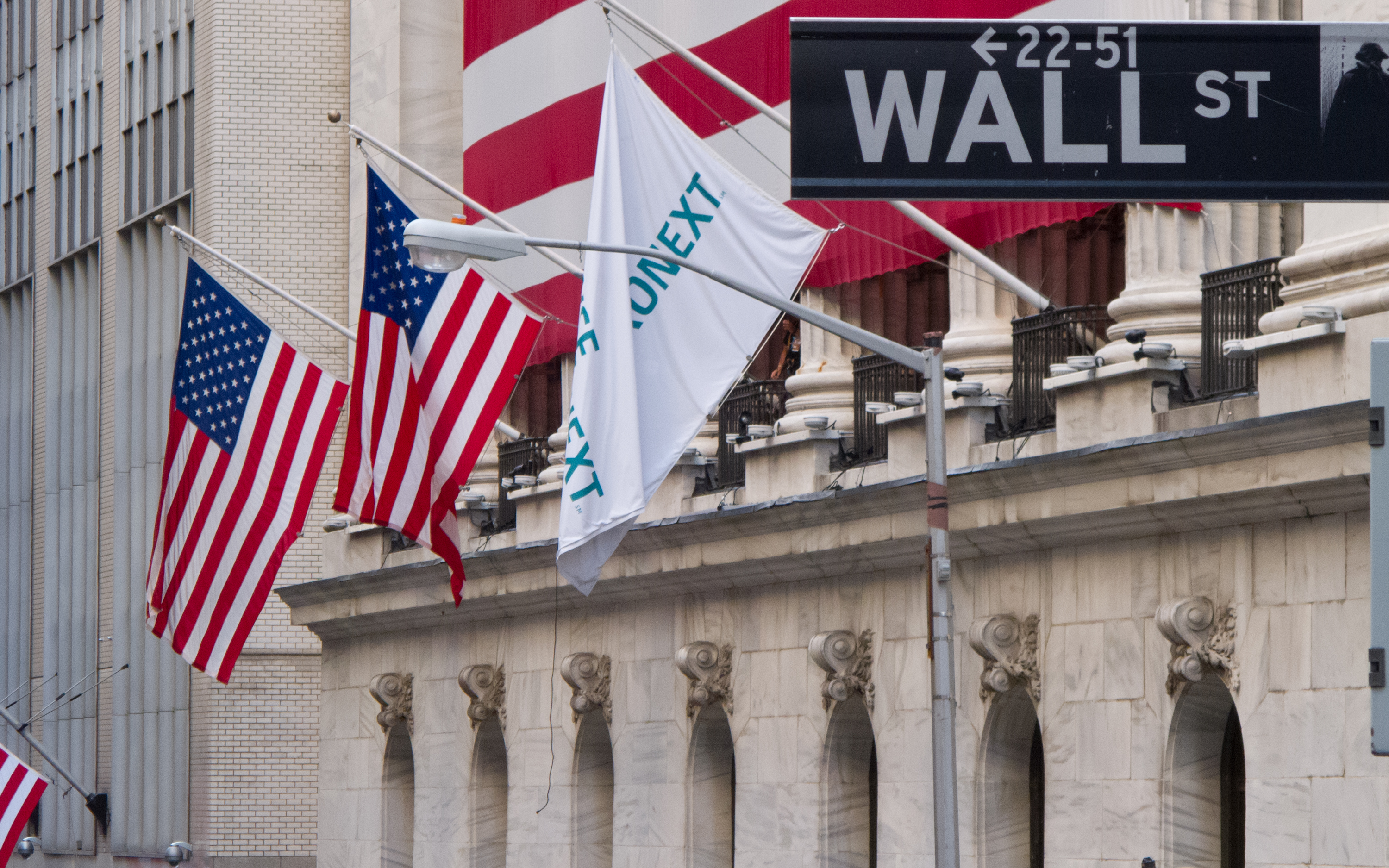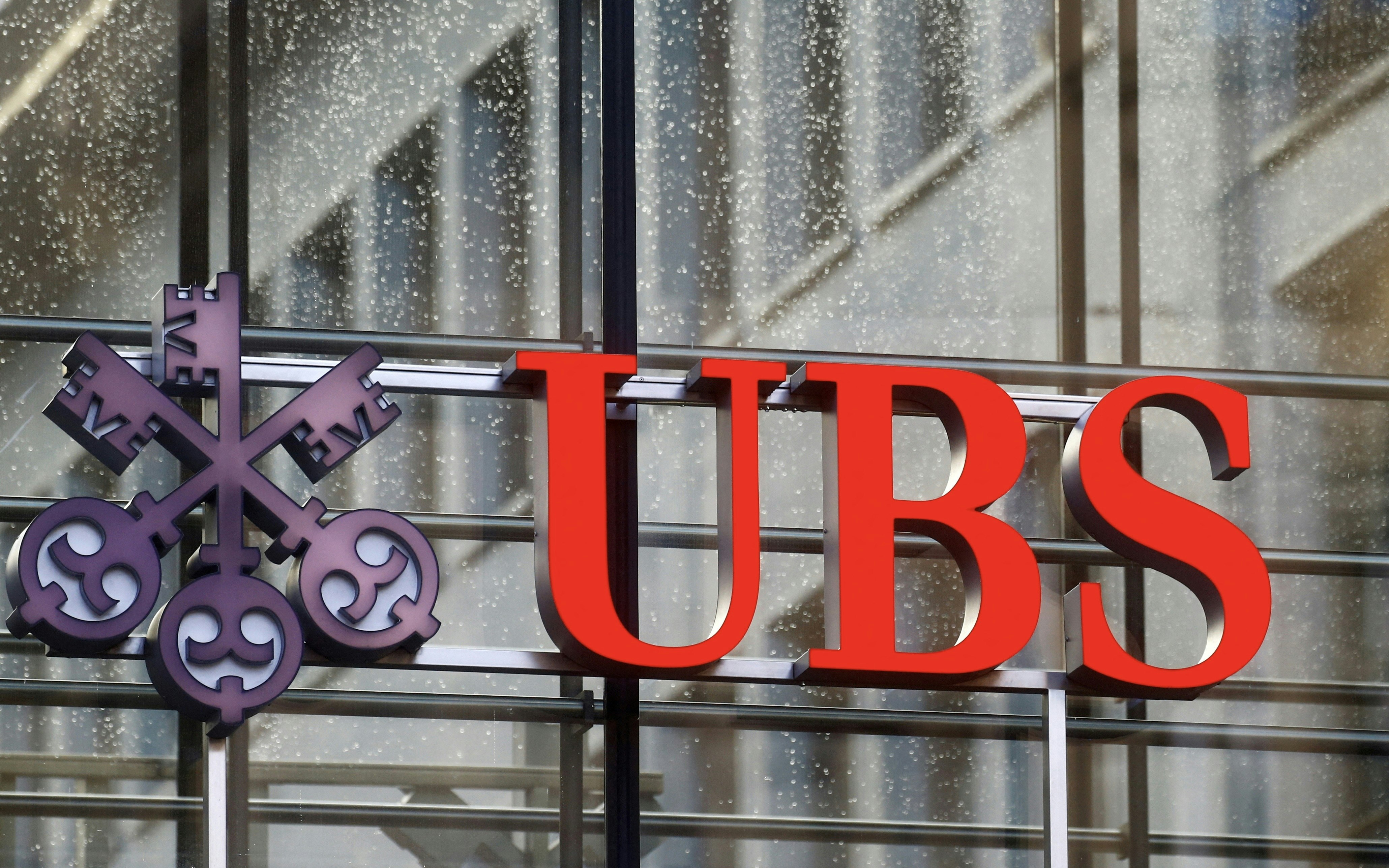A dwindling circle of bearish Wall Street strategists is increasingly struggling to convince their "fanatical" clients that US economic growth is slowing and the hype around artificial intelligence is overblown, making the US stock market vulnerable to a sharp decline.
Banks like Goldman Sachs, Citigroup, and UBS have raised their year-end forecasts for the S&P 500 index this month, which has increased by about 15 percent this year, driven by a small group of AI stocks and continuously reaching record highs. With a growing number of investors convinced that the rally will continue, the remaining bearish strategists are finding it difficult to sell their contrarian views.
“This rally was tough, and we find it hard to convince [clients] to be bearish,” said Barry Bannister, Chief Equity Strategist at Stifel. “There is a wall of money ready to buy the market at any price and accept fanatical thinking. People are downright euphoric and think the sky's the limit,” Bannister added. He expects that a mix of weaker growth and persistent inflation will push the S&P down by about 13 percent from its current level by the end of the year.
Peter Berezin, Chief Equity Strategist at BCA Research, said that his preferred leading indicators all point to a recession within the next nine months, but many of his clients see it differently. "The narrative of a soft landing [of the economy] is so incredibly entrenched that I am repeatedly challenged by clients in meetings who say I am too bearish," Berezin said.
A sign that some previously cautious analysts are capitulating is Evercore ISI Investment Bank's upgrade of the year-end forecast for the S&P from 4,750 to 6,000 last week. This implies a further rise of nearly 10 percent in the next six months, making it one of the most optimistic banks.
High stock valuations are a central point of contention. Bears see the approximately 25 times price-to-earnings ratio of the S&P 500— which is in the top decile of valuations since 1960— as a warning signal. Evercore ISI’s Chief Equity Strategist Julian Emanuel, however, stated that selling based on high valuations alone has historically been unwise. “There have been three similarly expensive phases in recent history—1993 to 1995, 1998 to 2000, and 2020 to 2021—and in each case, the market continued to climb until we were near the [economic] downturn,” said Emanuel.
Historically, bears have always struggled to stick to their contrarian views. While they might lose their job during long bull markets, they can also make a fool of themselves if the downturn they predicted occurs shortly thereafter.
JPMorgan analysts led by Chief Global Markets Strategist Marko Kolanovic believe the S&P 500 could fall by nearly 25 percent by the end of the year. According to Kolanovic, a cooling labor market, declining home sales, and rising consumer debt are signs of an impending recession.
The bank outlined its pessimistic view on the economic impact of generative AI earlier this month. "For stocks to avoid a decline of more than 20 percent, one would have to believe that technology will become a much more significant growth driver for the overall economy in a short period of time," JPM wrote in a separate note. "We do not believe that its impact on companies' profit and loss statements will be so profound so suddenly.
If you were bullish in 2022, bearish in 2023, and once again bearish in 2024, why on earth should anyone listen to you?" said a stock strategist at a mid-sized US investment bank. "The intellectual logic is certainly very sound," he added. "But perma-bears, just like perma-bulls, are not listened to if their predictions do not come true in the near or medium term.





